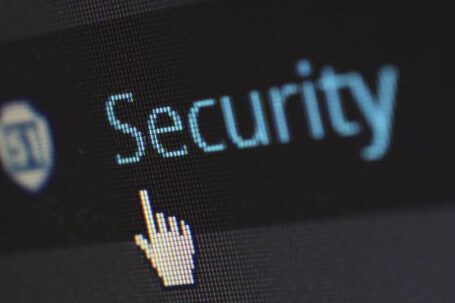In an era where technology has become an integral part of our lives, smart homes have gained popularity for their convenience and efficiency. These homes are equipped with various interconnected devices that allow homeowners to control and monitor their household appliances from anywhere using their smartphones. While this level of automation may seem futuristic and exciting, it also raises concerns about the security and vulnerability of smart homes to cyber attacks. In this article, we will delve into the potential risks and explore ways to protect our smart homes from cyber threats.
The Rise of Smart Homes
Smart homes have revolutionized the way we live, offering a range of features such as automated lighting, temperature control, security systems, and even voice-controlled virtual assistants. These devices are connected to the internet, allowing users to control them remotely. However, this connectivity also opens up new avenues for cybercriminals to exploit.
The Vulnerabilities of Smart Homes
One of the main concerns with smart homes is the vulnerability of these interconnected devices. Since they are connected to the internet, they are susceptible to cyber attacks. Hackers can exploit security loopholes in these devices or gain unauthorized access to a homeowner’s network. Once inside, they can manipulate or control various aspects of the smart home, such as turning off security systems, accessing personal data, or even causing physical harm.
Cyber Attacks on Smart Homes
Cyber attacks on smart homes can take various forms. One common method is a distributed denial of service (DDoS) attack, where hackers overwhelm a smart home’s network with traffic, rendering it unusable. This can disrupt the homeowners’ day-to-day activities and compromise the security of their homes.
Another technique is gaining unauthorized access to a smart home’s security cameras or door locks. This can enable hackers to spy on homeowners or even gain physical access to their property. In some cases, cybercriminals have used smart thermostats to gain control over a home’s heating system, causing damage and potential safety hazards.
Protecting Your Smart Home
While the risks associated with smart homes are concerning, there are steps homeowners can take to protect their devices and minimize the potential for cyber attacks.
1. Secure your network: Start by securing your home network with a strong, unique password. Regularly update your router’s firmware to ensure it has the latest security patches.
2. Use strong, unique passwords: Avoid using default or easily guessable passwords for your smart home devices. Instead, use complex passwords containing a combination of letters, numbers, and symbols.
3. Keep devices updated: Regularly update the firmware and software of your smart home devices. Manufacturers often release updates that fix security vulnerabilities, so staying up to date is crucial.
4. Enable two-factor authentication: Whenever possible, enable two-factor authentication for your smart home devices. This adds an extra layer of security by requiring a second form of verification, such as a unique code sent to your mobile device.
5. Separate your networks: Consider setting up separate networks for your smart home devices and your personal devices. This can help isolate potential threats and limit the impact of a cyber attack.
Conclusion: Safeguarding the Future
As the popularity of smart homes continues to rise, it is important to remain vigilant about the potential risks they pose. By taking proactive steps to secure our devices and networks, we can minimize the vulnerabilities and ensure a safer and more secure future for our smart homes. Remember, protecting our homes from cyber attacks is not only about convenience but also about safeguarding our privacy and well-being.





